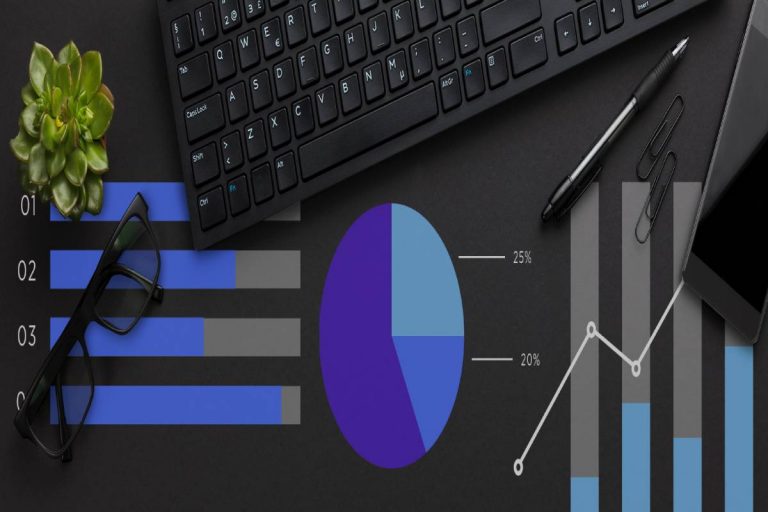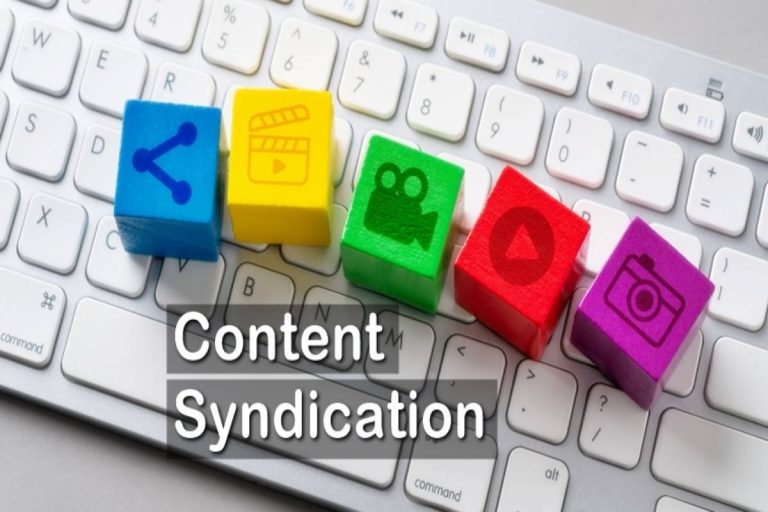What is a Torque Screwdriver?
A torque screwdriver could be a valuable addition to your toolbox, compatible with a range of important jobs and building tasks.
Torque screwdrivers can be used for a range of tasks and functions, allowing for advanced precision. They are available in a range of styles and models, allowing for diversity in application. A quality torque screwdriver can support many construction needs.
Here’s a guide to everything you need to know about torque screwdrivers before you purchase one!
Table of Contents
What is a torque screwdriver?
A torque screwdriver is a screwdriver with specific components designed to facilitate tightening to a specified torque. These screwdrivers are made to avoid under-tightening, resulting in loose screws, or overtightening, resulting in potential damage.
Torque screwdrivers are generally able to accommodate a set torque value within a predetermined range. They can typically exert a torque from 0.04 N m to 27 N m. Most torque screwdrivers do not serve this entire range, but low-, mid-, and high-torque tools are available.
How do torque screwdrivers work?
Torque screwdrivers can be used to turn a screen in line with a uniform tension. For different applications, torque levels can generally be adjusted, allowing for different degrees of tension.
Manual torque screwdrivers work using an in-line handle, much like that of a traditional screwdriver. A torque screwdriver features a pressure-sensitive clutch and drive gears, allowing for power control.
A clutch may be adjusted to set torque value or, on an electric torque screwdriver, may automatically control power for even greater precision.
Are torque screwdrivers needed?
Torque screwdrivers are highly valuable and can be used to complete a variety of tasks. In corporate manufacturing, these tools can be to attach joints and apply pressure equally.
A torque screwdriver can also reduce the need for tool changes or variations. In many cases, torque screwdrivers make it possible to improve structural integrity of an assembled item, avoiding breaks, splits, and other faults.
How is a torque screwdriver used?
To use a torque screwdriver, you’ll first need to set your torque, or force, value. This determines how much tension can be applied using the tool and can be controlled using the clutch.
Once your torque force is set, start to use the screwdriver as you would a traditional model. The torque screwdriver will continue to tighten a screw until the set torque value has been reached. At this point, some models will continue to spin without affecting the screw, while others will produce an audible clicking sound.
How can you choose the best torque screwdriver?
Choosing the right torque screwdriver is essential, as this decision will influence the tasks you can complete using the tool.
Before purchasing a torque screwdriver, decide whether you need a low-, mid-, or high-torque model. Choose a screwdriver that has the capacity to suit your required torque values or that has a good range of potential values.
It’s also a good idea to read reviews and consider whether you’ll need a manual or electric torque screwdriver.
Still searching for a great torque screwdriver? Visit RS Online, and shop the range today!










